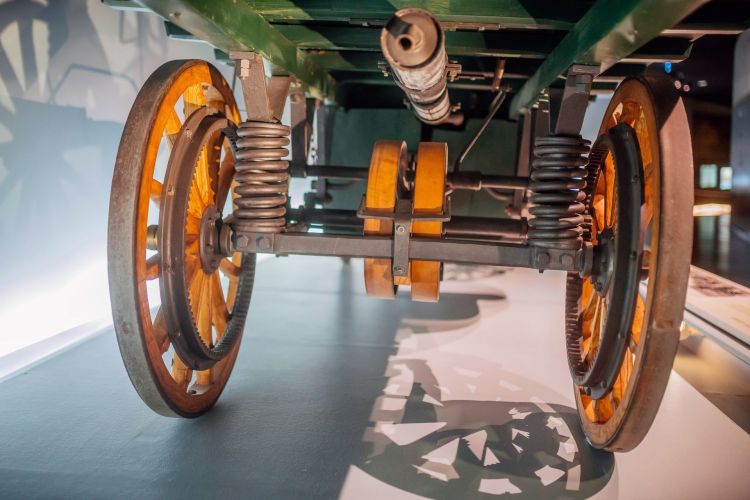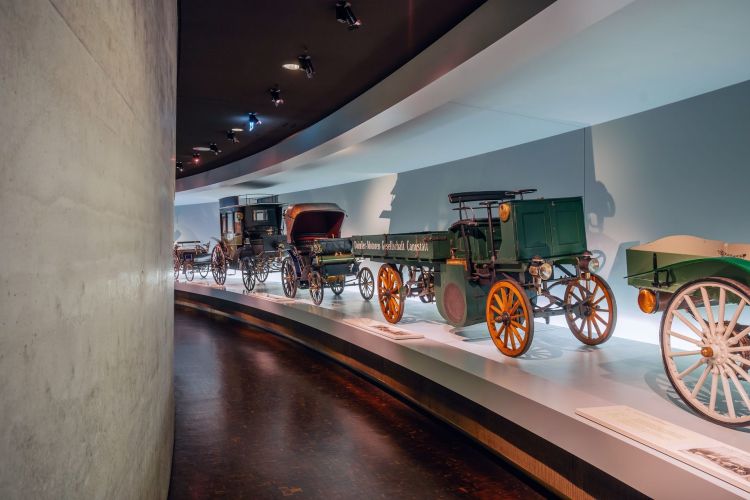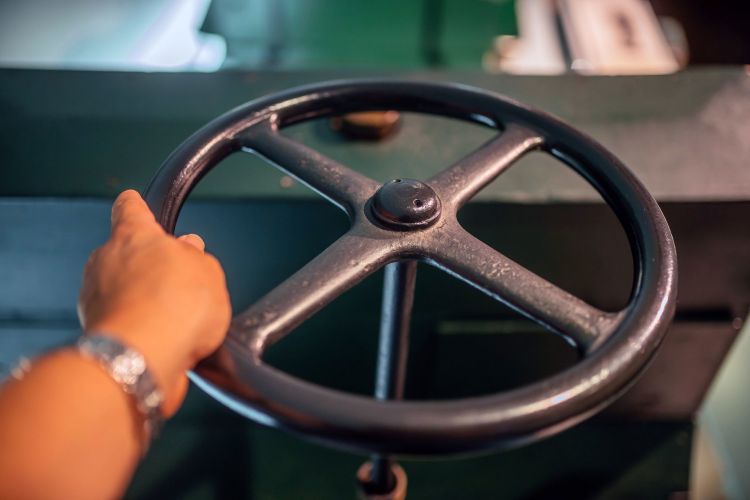The internal combustion automobile, as we know it, was created by Daimler in 1886, more than 135 years ago. The modern car has nothing to do with Gottlieb Daimler’s motorized tricycle, but the basic principle of operation of its internal combustion engine remains the same – and the same goes for the electric car. After the invention of the “car”, logic dictated that a means of transport capable of replacing animal-drawn merchandise carts was necessary. that’s how he was born the first truck, the Daimler Motor-Lastwagen.
Motor-Lastwagen literally means motorized cargo wagon. The example illustrating this article is the oldest truck currently preserved, but it was not Daimler’s first cargo vehicle. The first was built in 1896, and sold to a customer in the United Kingdom.. The evolution of the first truck was released only 12 years after the invention of the internal combustion engine, but it already presented radical innovations with respect to it, in addition to a technical provision practically in force today.
In 1898, the internal combustion engine was barely 12 years old.
Daimler’s first truck was little more than a flatbed with wheels, and an engine located around the rear axle. The steering was moved by a rudimentary chain system. Although at the time it was an extremely state-of-the-art vehicle – the bulk of the merchandise was moved by animal-drawn carts, trains and ships – the 1898 Motor-Lastwagen was much more modern. To get started, its engine was located under the cockpit, just as it happens in modern trucks. The steering was driven by a mechanical gear.
Its suspension scheme combined coil springs with leaf springs, with the aim of protecting the mechanics and the load from unwanted vibrations. At that time it is necessary to remember that many roads and paths were unpaved, and built-up areas used very irregular cobblestones. The transmission of the power to the rear train was carried out by means of a pinion, anticipating the modern planetary axis. Its water radiator was of the tubular type, an efficient system to dissipate the heat generated by mechanics.
The braking system acted on the rear axle and the crankshaft transmission pulley.
Despite being a prehistoric vehicle, it had a load capacity of no less than 1.25 tons. Ideal for the tasks for which it was designed: transporting large barrels of beer – the social lubricant par excellence, now and always. Specifically, 12 barrels of 60 liters of sweet nectar. Of course, he did it a little more slowly than today. Its 1,597 cc four-cylinder engine only developed 5.6 hpand therefore the top speed of this truck was only 12 km/h.
Those 12 km/h were reached with the truck unloaded, by the way. With everything, it was a delivery vehicle faster than a cart drawn by mules or oxen, and had a wider radius of action. Today, trucks are the backbone of the consumer society, which would not function without their invaluable labor. It is always good to remember the origins, and keep in mind that it all started with this very simple wooden box on wheels.



